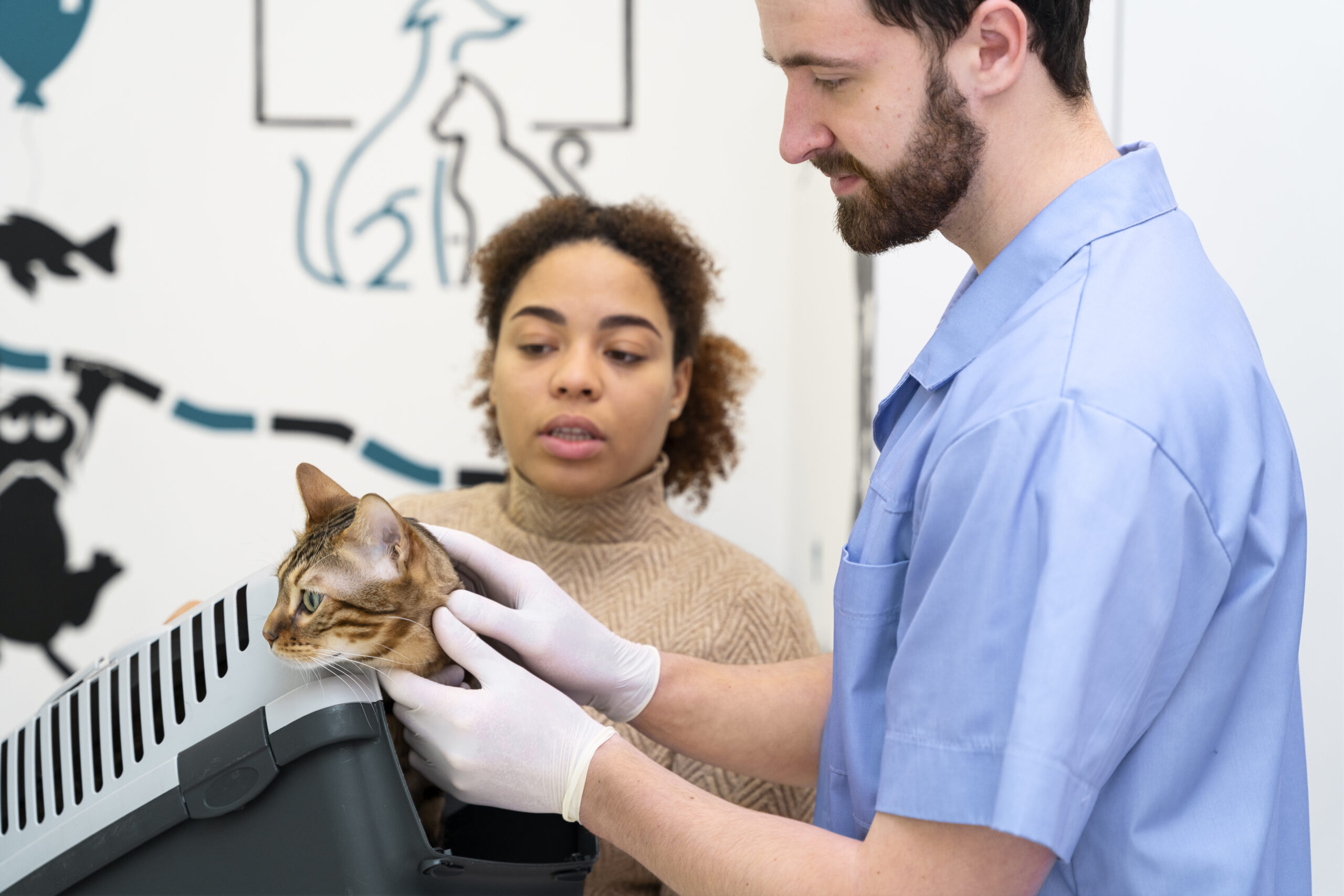Introduction to the Keeper Standards Test
Within the field of zoological institutions and animal protection, the keeper standards test is important. This thorough assessment guarantees that those working in animal care have the knowledge and abilities to provide animals with the best possible treatment. The keeper standards exam is an essential tool for preserving excellence in animal care, from theoretical knowledge to pragmatic handling methods. This paper examines the development, elements, and effects of keeper standards tests, offering expert opinions and future trend projections.
The Evolution of Keeper Standards Tests
Historical Development
Over time, standardized testing for zoo keepers has changed dramatically. The dawn of a new age in animal treatment came with the founding of the first contemporary zoos in the 19th century. Early establishments understood they needed consistent methods to guarantee the welfare of their animal residents. Efforts to establish professional standards for zookeepers by the middle of the 20th century produced official training courses.
Key Milestones
- 1966: The American Association of Zoological Parks and Aquariums (now AZA), which laid the foundation for the development of keeper standards, initiated the accreditation process.
- 1970s-1980s: Emphasizing the need for animal welfare, enrichment programs, and the move toward more naturalistic enclosures affected the extent of keeper requirements in the 1970s and 1980s.
- Late 20th and Early 21st Centuries: A growing focus on welfare and conservation drove keeper exams to include these vital elements to improve.
Components of the Keeper Standards Test
Practical and theoretical examinations
Comprising both academic and practical elements, the keeper standards exam guarantees a comprehensive assessment of a person’s capacity.
Animal Handling
Animal handling is one of the practical tests’ fundamental components. It evaluates a keeper’s capacity for safe and efficient interactions with different species, therefore guaranteeing minimum stress for the animals. Methods for restraint, transportation, and standard medical treatments have been evaluated.
Enclosure Maintenance
Maintaining animal enclosures to the best of standards is essential for offering safe and stimulating surroundings. The exam gauges a keeper’s knowledge of enrichment techniques, cleanliness, and enclosure design.
Emergency Response
Emergency response is a crucial skill for every person working in animal care. To evaluate a keeper’s readiness and decision-making abilities, the exam consists of simulations of many emergency events, including medical emergencies or animal escapes.
Theoretical Knowledge
The test’s theoretical component addresses animal behavior, nutrition, health, and welfare, among other broad subjects. It guarantees that keepers really grasp the ideas guiding their daily activities.
The Impact of Keeper Standards Tests
Professional Insights
Those who have passed the keeper standards exam often refer to it as a turning point in their careers. Here are some endorsements:
- Alex, Zoologist: Alex, a Zoologist, said, “The keeper standards exam not only confirmed my abilities. But also improved my comprehension of animal care to a degree I never believed possible. It forms the foundation of my work on animal environmental protection.
- Emily, Animal Care Specialist: “Passing the exam was a career turning point. It was about pledging to give the animals I deal with the best possible treatment, not just passing.
- Michael, Wildlife Keeper: “The test’s practical component was rigorous but rather fulfilling. It’s important to execute tasks with accuracy and compassion, just as much as knowing what to do.
- Maria, Zookeeper: “Theoretically, it made me consider the ‘why’ behind our methods, not only the ‘how.'”. Keepers must be knowledgeable and flexible in their approaches to treatment strategies.”
Case Studies
San Diego Zookeeper Standards Program
The San Diego Zoo’s comprehensive keeper standards program includes rigorous behavioral observation, animal husbandry skills, and written tests. This program has been instrumental in maintaining the zoo’s reputation as a leader in conservation and has influenced the development of other zookeeper standards programs worldwide.
Taronga Zoo’s Positive Reinforcement Training (PRT) Initiative
Taronga Zoo has now included Positive Reinforcement Training (PRT) in the Australian keeper standards exam. This innovative solution emphasizes the use of incentives to inspire desirable actions in animals, resulting in safer environments for both personnel and animals.
The European Association of Zoos and Aquaria (EAZA) Keeper Standards
EAZA’s standardized testing program ensures that all member zoos meet high standards in animal care, conservation, and education. This initiative has harmonized keeper practices across European zoos, significantly contributing to the welfare of animals in captivity across the continent.
The Global Perspective
Comparing Keeper Standards Tests Worldwide
Keeper standards tests vary across countries. But they share a common goal of maintaining high levels of animal care and welfare.
United States
In the U.S., the AZA sets stringent guidelines for keeper standards, emphasizing the importance of both practical skills and theoretical knowledge.
Australia
Australian zoos, such as Taronga Zoo, have incorporated innovative training methods like PRT, setting a benchmark for animal training and safety.
Europe
EAZA’s comprehensive program ensures consistency in keeper standards across its member zoos, fostering a unified approach to animal care and conservation.
Future Trends and Developments
Technological Advancements
Technology integration is shaping the future of keeper standards testing. Virtual reality (VR) simulations for emergency response training and AI-driven data analysis for animal behavior studies are just a few examples of how technology is enhancing the evaluation process.
Ongoing Research
Ongoing research in animal behavior and welfare continues to inform best practices in zookeeping. As scientific understanding evolves, keeper standards tests will likely incorporate new findings to ensure the highest quality of care.
Conclusion
Ensuring that zookeepers are qualified to provide the best quality of treatment for animals in captivity depends much on keeper standards testing. These assessments, which have changed much throughout time, include theoretical and practical elements to fairly assess a keeper’s competency. Professionals’ observations and case studies show that these examinations not only improve individual careers, but also help animals be generally healthier.
As we look forward, technological developments and continuous research will continue to modify and improve keeper standards exams, thereby guaranteeing their relevance and efficiency. The global viewpoint emphasizes the common dedication to animal welfare, in which every nation offers unique methods and inventions from all over the world.
Supporting and ongoing development of keeper standards testing helps us guarantee. The best standards of animal care, therefore benefiting the animals and committed experts who look after them.




